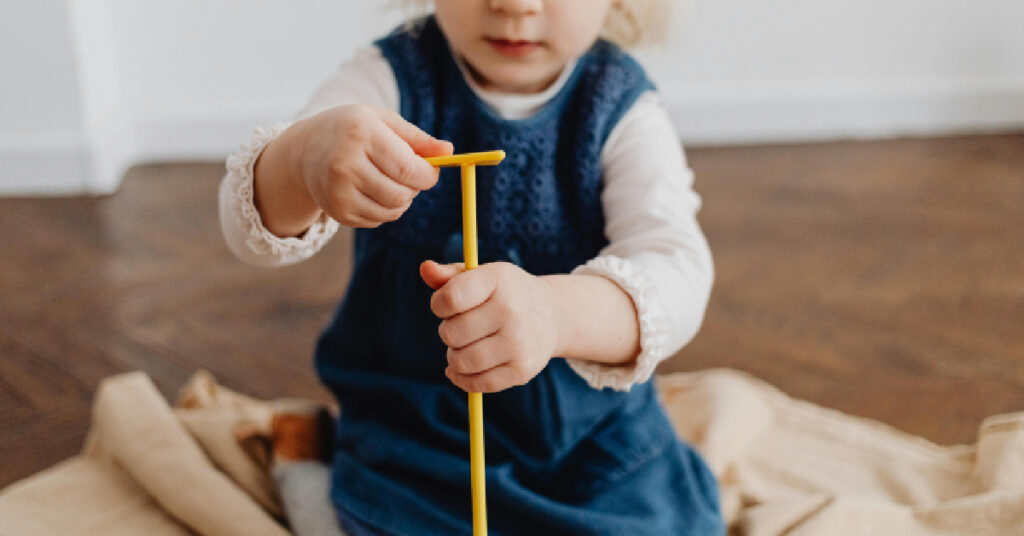
15 Best Toys for Building Independence — That Aren’t Boring or Overhyped
From magnetic tiles to dolls and pretend kitchens, these 15 toddler toys are actually worth the shelf space — and designed to encourage solo play

This post contains affiliate links
If you’ve ever said, “Why won’t my toddler just play by themselves for five minutes?” — you’re in the right place.
Independent play isn’t something toddlers magically know how to do. It’s a skill. One that needs practice, the right setup, and yes — the right toys.
And by “right,” I don’t mean the latest $149 flashing unicorn with 12 sound modes and zero staying power. I mean the toys that invite creativity, problem solving, and solo exploration. The ones that don’t shout instructions at your kid. The ones that can actually buy you five, ten, maybe even thirty minutes of peace.
These are the best toys for building independence in toddlers — tested in real homes, with real messes, and real mums who are not interested in overcomplicating things.
No clutter. No batteries. No false promises.
Just 15 independence-boosting MVPs your toddler will actually use.
Think of these as toddler LEGO — but open-ended, frustration-free, and endlessly replayable.
Why they work:
Magnetic tiles are one of the best toys for building independence because there’s no “right” way to use them. Toddlers can build tall towers, flat roads, colourful boxes, or create entire magnetic cities without help.
Best for: Ages 2.5+ (with supervision if mouthing is still a thing)
Real-life tip: Put them on a baking tray or magnetic board to help contain the chaos — and make cleanup a solo activity too.
Classic? Yes. Boring? Nope — not when a toddler’s imagination is in charge.
Why they work:
Blocks build motor skills, patience, and storytelling. They’re one of the sneakiest ways to promote creative solo play — and easily one of the best toys for building independence across all ages.
Best for: Ages 1.5+
Real-life tip: Store them in a clear bin so your toddler can “invite themselves” to play anytime.
One minute it’s a superhero cape. The next, a picnic blanket. Then a river. You get the idea.
Why they work:
There’s no limit to how play silks can be used, which makes them perfect for building creative confidence and independence. Plus, they’re quiet, screen-free, and fit in your bag for on-the-go play.
Best for: 18 months and up
Real-life tip: Toss them into a basket with figurines or animals to spark solo pretend play.
Little animals. Little people. Big ideas.
Why they work:
These are storytelling gold. When toddlers narrate their own adventures, they’re not just playing — they’re developing speech, empathy, and attention span. And because the play evolves each time, they’re easily one of the best toys for building independence.
Best for: 2+
Real-life tip: Try leaving just 4–6 characters out at once to avoid overwhelm and boost creativity.
They look like something off a Pinterest vision board — but toddlers love them for a reason.
Why they work:
Buttons, zippers, locks, switches — all the things toddlers obsess over, bundled into one safe activity board. It taps into that focused, hands-on energy in a way that helps toddlers stay independently engaged.
Best for: 12 months to 3 years
Real-life tip: Mount it on a low wall or slide it under the coffee table to keep it part of the play area setup.
Because toddlers don’t just play with dolls — they nurture, dress, feed, and narrate entire dramas with them.
Why they work:
Doll play naturally leads to self-led role play. Add a bed, bottle, or tiny outfit and you’ve got a recipe for 20+ minutes of pretend parenting (which ironically lets you take a break from the real thing). Easily one of the best toys for building independence with a side of empathy.
Best for: 18 months+
Real-life tip: Store doll accessories in a small tote nearby — it turns into a mini toddler “invitation to play.”
Big setup? Maybe. Big payoff? 1000%.
Why they work:
These setups are all about real-life role play — something toddlers adore and naturally repeat solo once it’s modeled. From “making toast” to “fixing things,” this is one of the best toys for building independence when you want to get sh*t done while they “cook” next to you.
Best for: 2–5 years
Real-life tip: Add a few real, safe utensils from your kitchen for bonus engagement.
They don’t look flashy, but stacking cups are the quiet achievers of the toy shelf.
Why they work:
From building towers to filling them with water, sand, or dry rice, these cups become whatever your toddler wants them to be. They build fine motor skills, spatial awareness, and that glorious toddler trait — persistence.
Best for: 10 months+
Real-life tip: Throw them in the bath or sensory bin for double duty.
The most “nothing” looking toy… that somehow unlocks everything.
Why they work:
Loose parts like rings, spools, coins, bowls, and boards encourage problem solving and creativity without instruction. These are hands-down one of the best toys for building independence because your toddler has total control over what happens next.
Best for: Ages 2.5+ (younger with supervision)
Real-life tip: Less is more — leave just a few parts out at a time to avoid the dreaded sensory dump.
Read More:
Simple figures. Big ideas. Massive solo play potential.
Why they work:
Small world play lets toddlers project their own stories, emotions, and daily experiences into their characters. It’s therapeutic and entertaining, making it a real MVP in your independent play lineup.
Best for: 2+
Real-life tip: Add a shoebox “house” or felt mat as a base and let them build a world from scratch.
Fine motor meets focus — with a side of silence (you’re welcome).
Why they work:
These toys encourage toddlers to concentrate and problem solve without adult input. The repetition is calming, and the sense of accomplishment? Huge.
Best for: 2.5–4 years
Real-life tip: Use a tray or shallow box to contain the beads and string — fewer spills, more peace.
Because toddlers love being in charge — especially when it involves fixing or helping.
Why they work:
These role play kits hand over control in a safe, imaginative way. Toddlers lead the play, set the scene, and often reenact what they’ve seen in real life. Easily one of the best toys for building independence through pretend routines.
Best for: 2+
Real-life tip: Encourage them to give their stuffed animals “check-ups” or “fix the couch legs” while you’re nearby.
Simple. Tactile. Just the right amount of challenge.
Why they work:
These puzzles teach sequencing, visual processing, and determination. They’re also the rare toy where toddlers want to keep trying on their own — even when it’s tricky.
Best for: 12 months to 3 years
Real-life tip: Offer one puzzle at a time to prevent overwhelm and extend focus.
No mess, no limits, and no crying over broken crayons.
Why they work:
Creative play that resets quickly? Yes, please. These tools let toddlers draw, erase, and start over all by themselves. They’re ideal for travel, quiet time, or when you need just one. more. minute.
Best for: 18 months+
Real-life tip: Add drawing prompts like “make a rainbow” or “draw a monster” for older toddlers.
Lorem ipsum dolor sit amet, consectetur adipiscing elit. Ut elit tellus, luctus nec ullamcorper mattis, pulvinar dapibus leo.
Yes, your toddler wants to pretend clean — use it while it lasts.
Why they work:
They copy you anyway, so give them tools that make it play instead of destruction. These everyday play props support independence through pretend life skills and are surprisingly long-lasting in appeal.
Best for: 1.5–4 years
Real-life tip: Let them “dust” while you vacuum or “shop” while you pack groceries — solo, helpful, and fun.
You don’t need to fill a playroom or spend hundreds of dollars.
What you do need is a few solid, open-ended toys that spark creativity and encourage your toddler to take the lead.
Because here’s the thing: independence is built in the quiet moments.
When they figure something out on their own. When they replay their day through dolls. When they stack, crash, and rebuild — all without you having to hover.
That’s where the magic happens.
So whether you grab one new toy or rotate what you already have, just know this:
You’re not just giving your toddler something to do. You’re helping them build confidence, patience, and creativity — one solo play session at a time.
And that, my friend, is worth every mess, meltdown, and magical five-minute break you get in return.
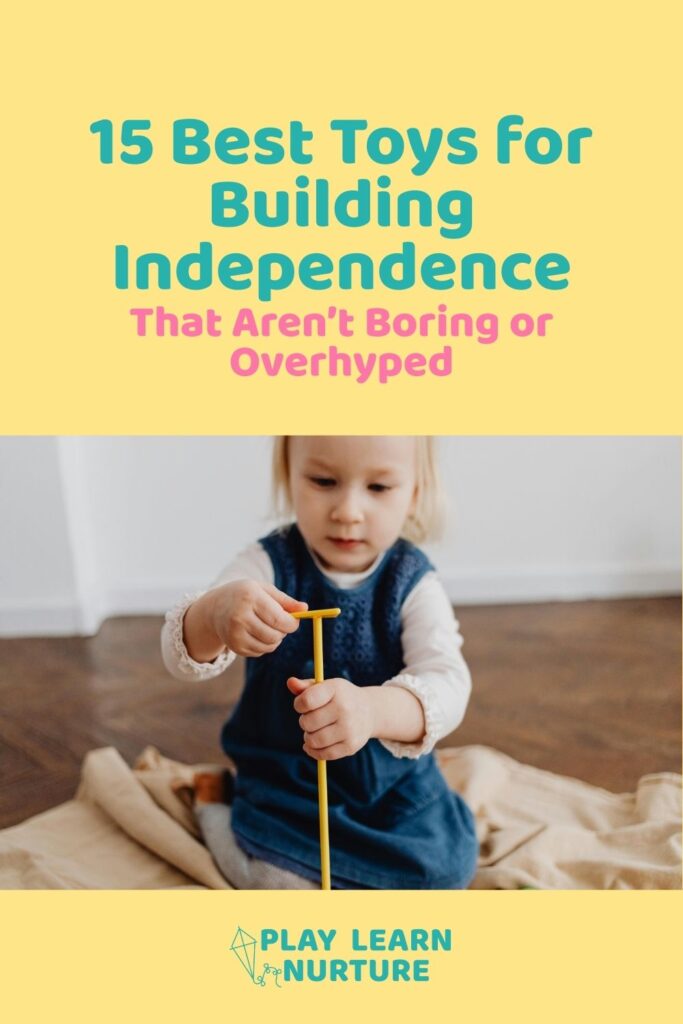
10 Must-Have Toys That Promote Creativity and Self-Led Play
Best Open Ended Toys For Toddlers by Age (1–5 Years)
Toddler Independent Play – How to Encourage It plus Open Ended Play
Toddler Boredom Benefits: What Really Happens When You Stop Entertaining Them
Independent Play by Age: What’s Realistic at 1, 2, 3, 4, and 5?

From magnetic tiles to dolls and pretend kitchens, these 15 toddler toys are actually worth the shelf space — and designed to encourage solo play
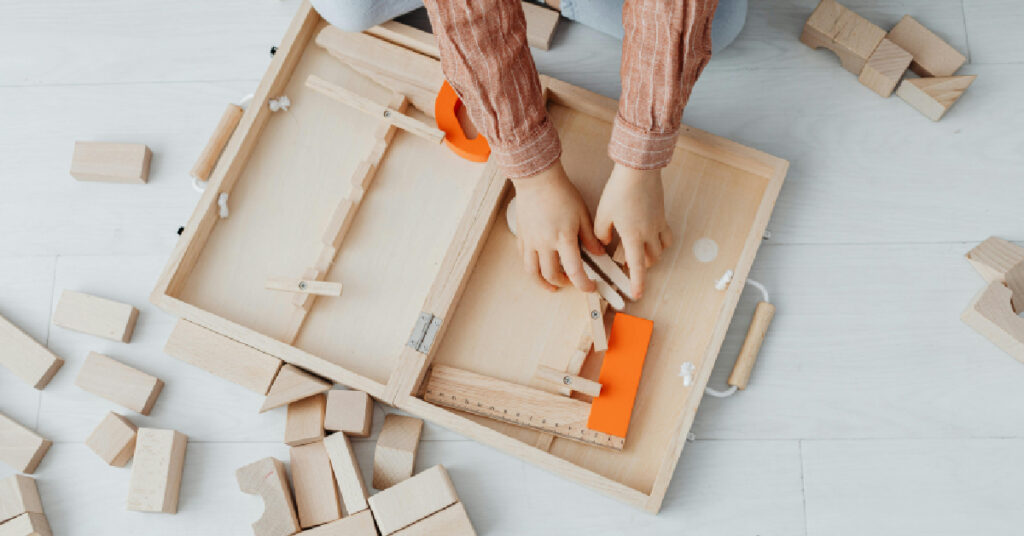
Delve into the world of loose parts play with our selection of toys that inspire exploration and innovation. Perfect for enhancing your toddler’s sensory and
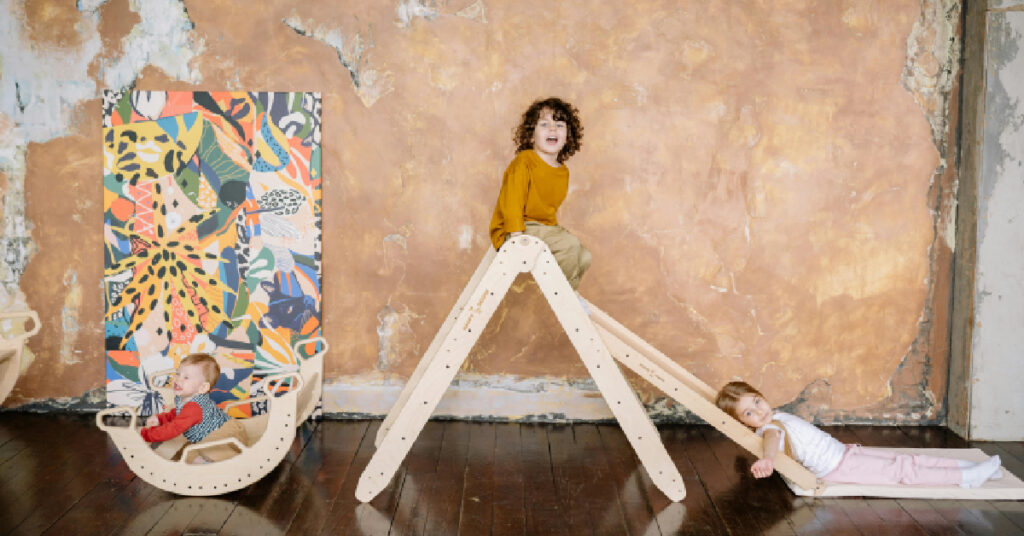
Simple, real-life play space ideas for toddlers that spark imagination, support independence, and give you a moment to breathe — no Pinterest-perfect setup required.
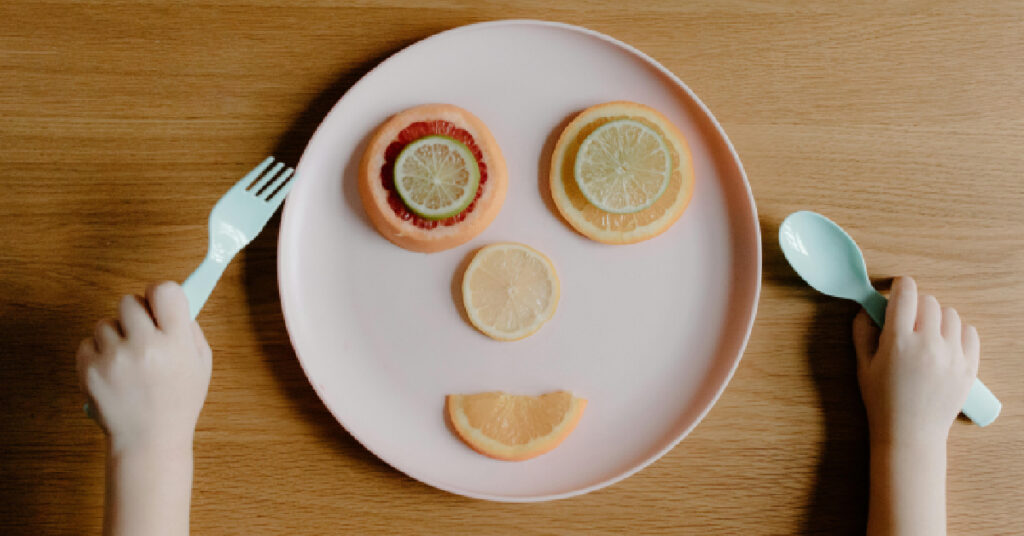
When the milk spills, the toddler tantrums, and your patience snaps before 9AM — you’re not failing. This is one mum’s story of surviving the
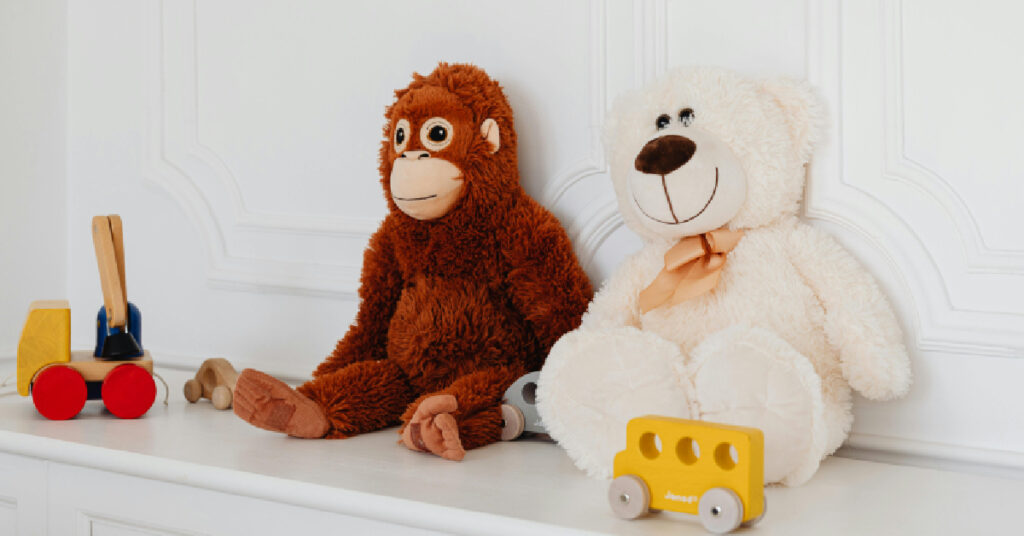
Discover how a simple toddler play schedule can create calmer days, boost independent play, and give you back precious breathing space — no strict routines

One chaotic morning, I realised the tension in the house wasn’t just coming from my toddler — it was coming from me. This is the